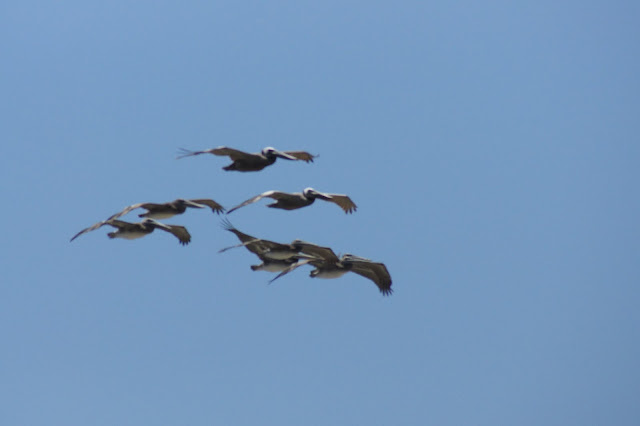Also known as Peach-Faced Lovebirds, these small parrots were originally exotic imports from the arid regions of Southwestern Africa (Namibia), but have since established stable and growing populations in Florida, Arizona, and California. These birds are very gregarious and make their presence known. Lovebirds get their name from their monogamy and tendency to sit in pairs for long periods of time.
I recently discovered a large Lovebird population at the Encanto Park in Phoenix, where they're much easier to find and photograph. It also saves me the trouble to trespassing through people's yards.
Newer photos are at the bottom.I've encountered these Lovebirds at Grenada Park, the Desert Botanical Gardens, and along the canals--their range seems to spread over the greater Phoenix area, and their shrill calls are unmistakable. They seem to enjoy life more than most other birds, though they're not necessarily good at living. Apparently, when one Lovebird gets stuck in a cholla cactus, several others will try to extricate the helpless bird, thereby trapping themselves as well. They've extracted up to 8 Lovebirds from the same cholla at the Desert Botanical Gardens--they were all dead. I find this behavior mostly adorable however.
 |
They'll even feed in groups on the ground, like mourning doves, clearly without any notion of desert predators lurking nearby. They could get these same seeds up in the mesquite trees just as easily.  |
















































